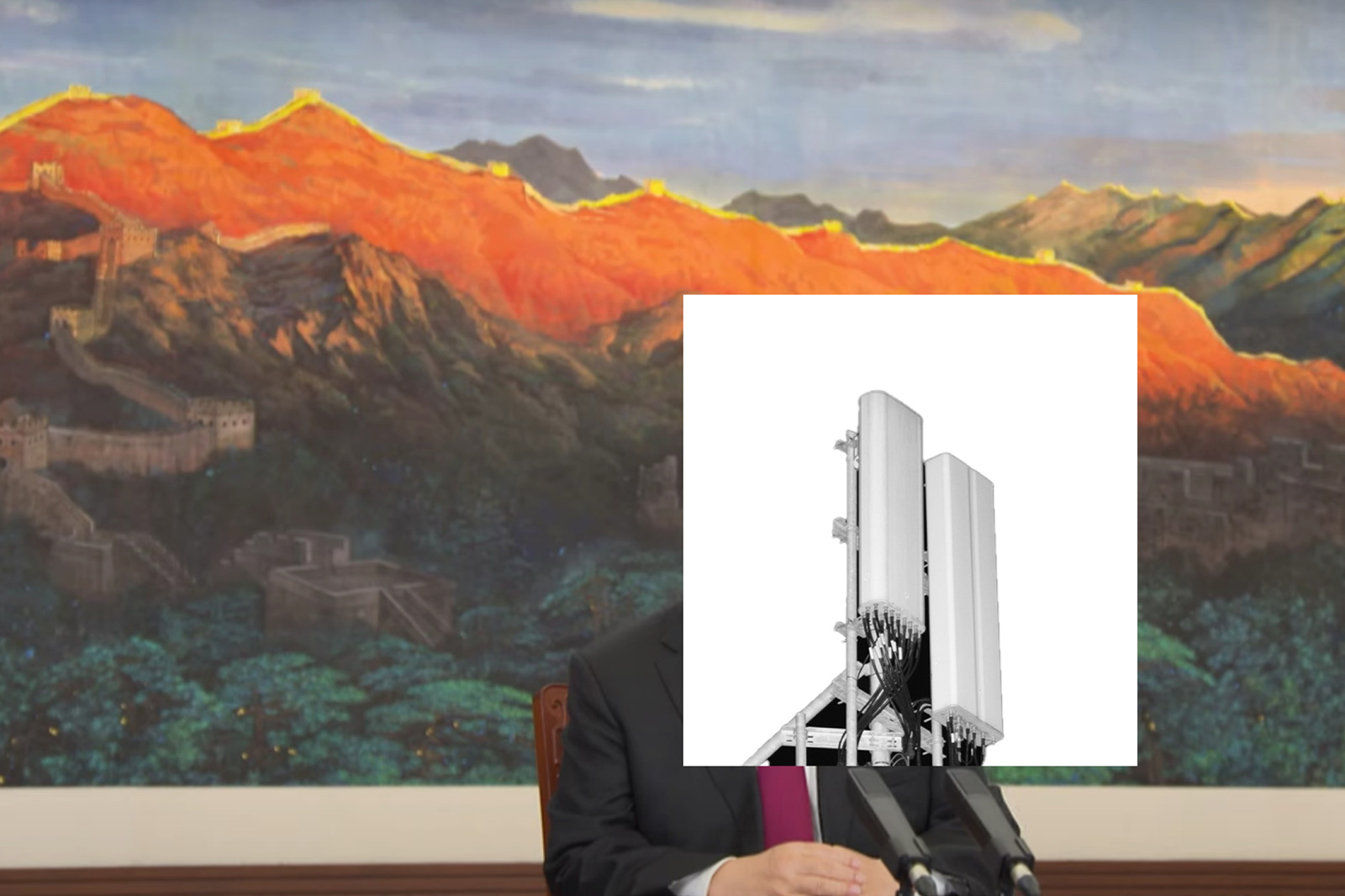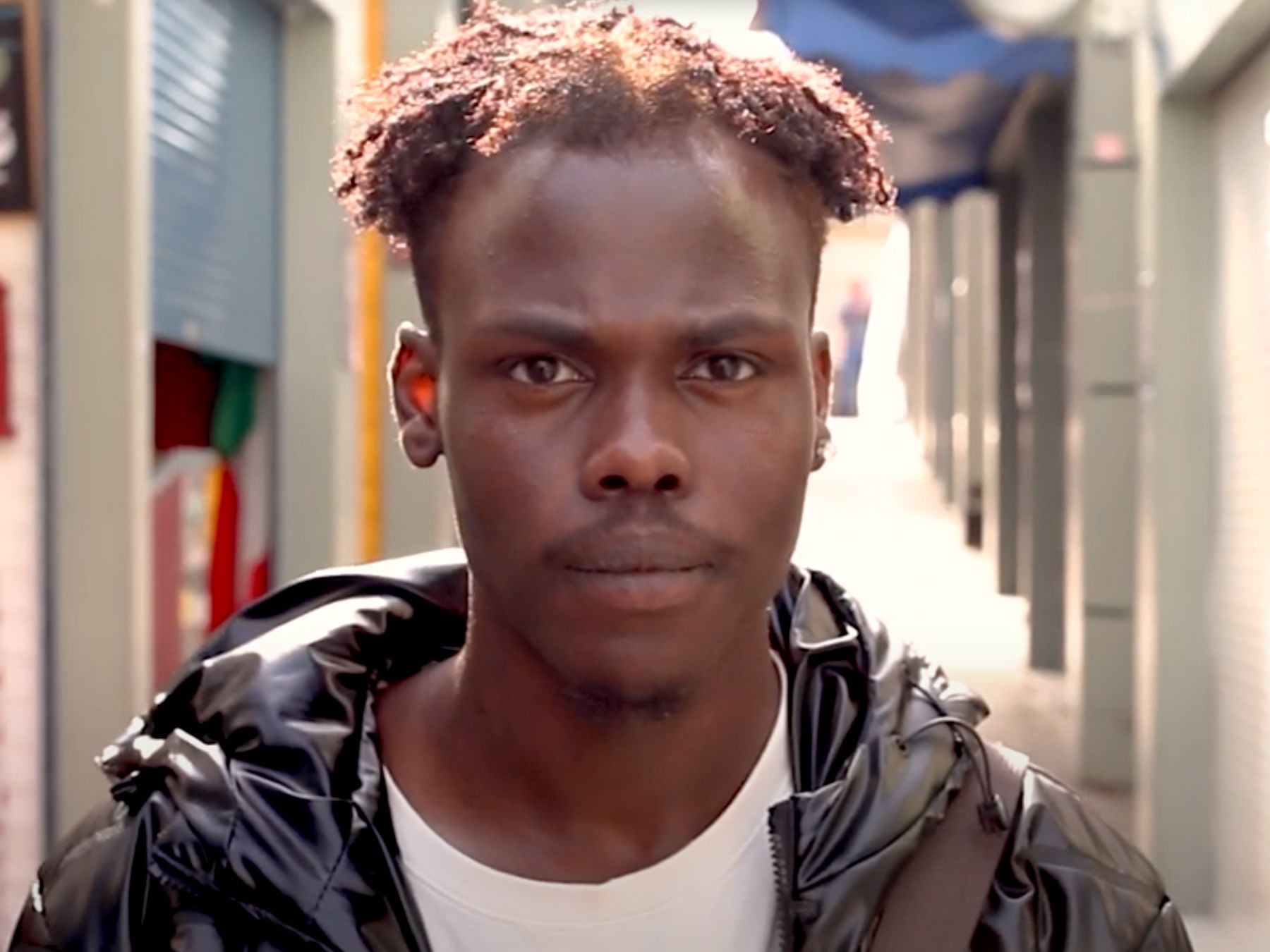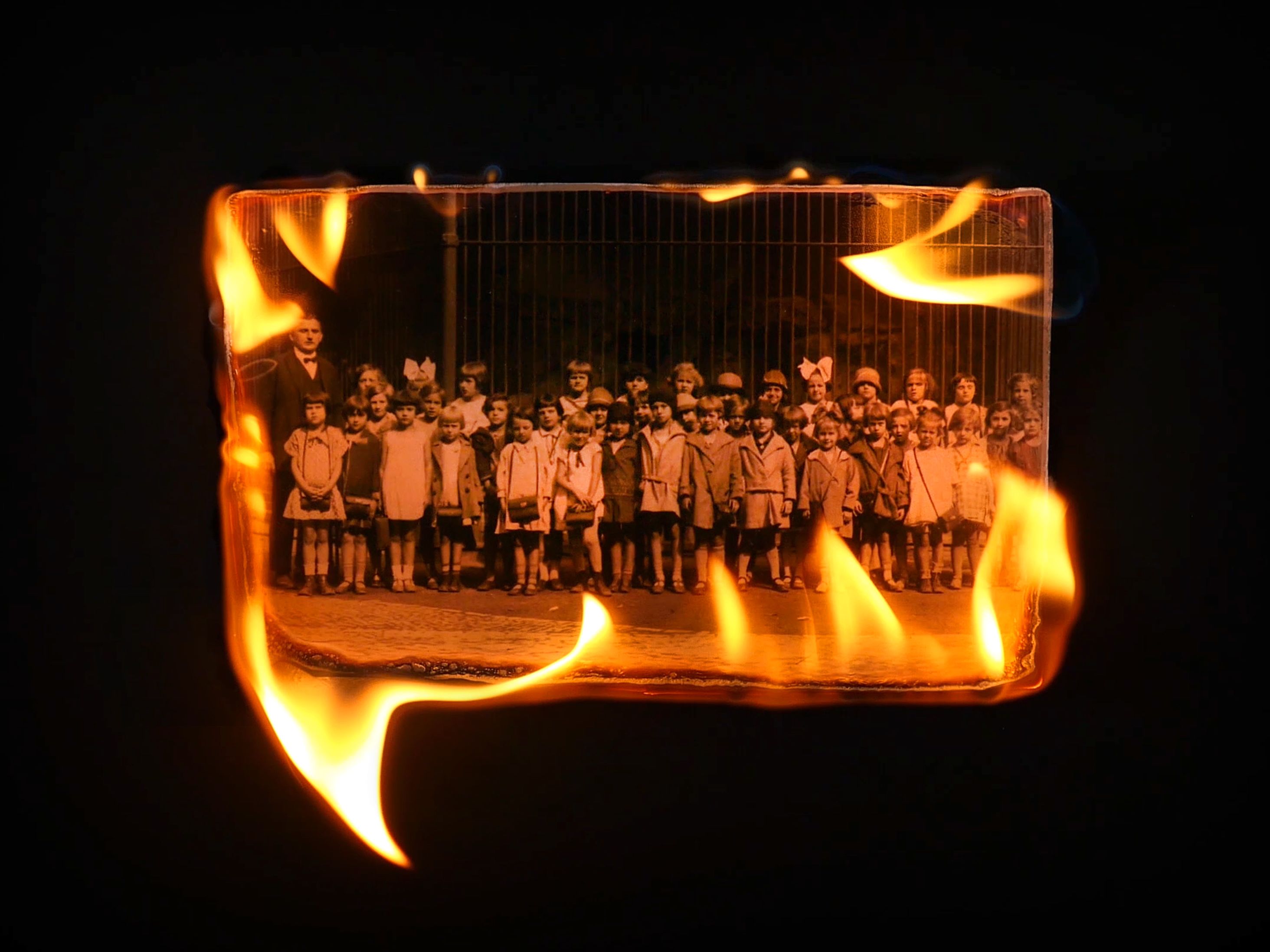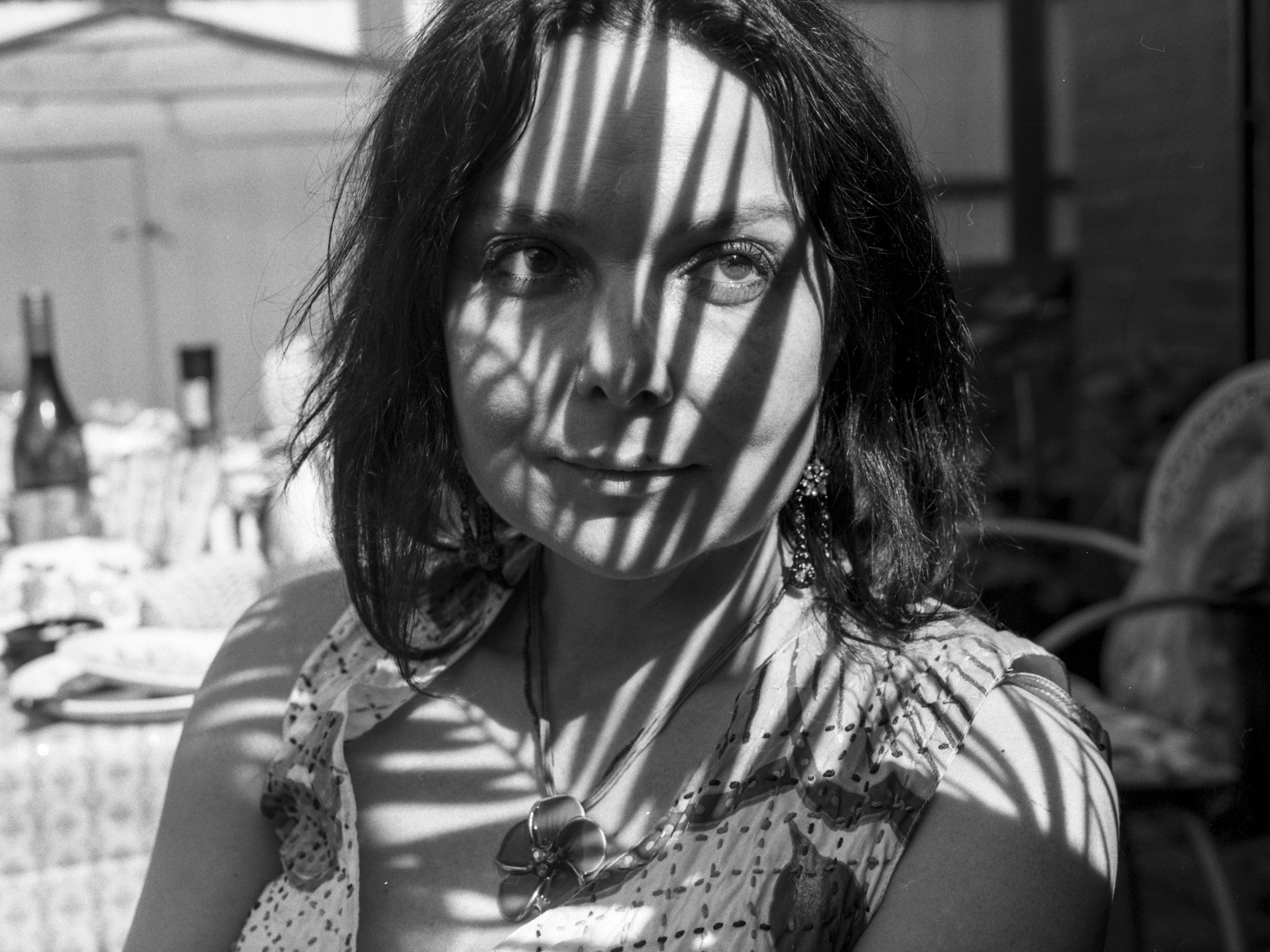As both a medium and a field of study, photography enables us to capture images in ways that weave powerful, engaging stories - resonating with audiences while transcending disciplinary boundaries.
This ethos is central to both the full-time and part-time online MA Photojournalism and Documentary Photography courses at London College of Communication (LCC).
With a focus on exploring a wider vision of the practice and potential of the photographic medium, students learn the practical, critical and theoretical skills needed to prepare for their future careers, and benefit from access to industry networks and vital insights from leading tutors and alumni. They also develop rich creative portfolios that reflect their unique perspectives as practitioners, and are encouraged to pursue a range of opportunities that can disseminate their work across the wider photographic community.
Photoworks, Photography+ The Graduate Issue
One such initiative includes a recent open call from Photoworks, an international platform that has been championing photography for both artists and audiences alike since 1995. Their Photoworks, Photography+ The Graduate Issue initiative aims to showcase the work of graduating BA and MA photography students, providing a platform for innovative ideas and strong narratives while offering additional support and mentoring to help emerging creatives to kickstart their careers.
Selected by an expert panel of curators and artists including Natasha Caruana, Maryam Wahid, Tshepiso Mabula, Daniele de Luigi and Julia Bunnemann, the 2021 winners included LCC students Esther Gabrielle Kersley and Lina Geoushy.
Esther’s project, The Fifth Generation, explores the power of modern-day conspiracy theories. Weaving her own photography with official reports, found footage and social media exchanges, she explores the shifting boundaries between fact and fiction in an increasingly saturated world.
Lina’s project, Shame Less, captures stories of sexual harassment from the perspectives of women in Egypt. Often dismissed as flirtation, the work sheds light on a persistent status quo that affects societies around the world while attempted to reflect stigma back onto the perpetrators of abuse.
We caught up with both Esther and Lina to discuss their creative practice, the inspiration behind their acclaimed projects, and their advice for prospective students who are interested in exploring the field of photojournalism and documentary photography.

Tell us about your creative practice.
Esther: I’m a research-led documentary photographer with a background in politics and conflict studies. I’m interested in the boundaries between fact and fiction in documentary storytelling, and my work often employs montage and appropriation to explore this area.
Lina: I specialise in social documentary photography. My approach is humanistic, and my photography practice is informed by research. My process is based on intuitive connections and collaborations with people that serve to empower them and provide a platform to tell their stories.
What did you study at LCC, and why did you feel like the course was a good fit for you?
Esther: I studied the part-time online MA in Photojournalism and Documentary Photography, and I think that the course was an excellent fit for me. It has a very broad definition of documentary photography that challenged me to think in completely new ways about what documentary means, which I found really inspiring.
Lina: I studied on the full-time MA in Photojournalism and Documentary Photography because my work largely explores gender politics and women empowerment issues. I strive to push the boundaries through my work by exploring rarely documented communities and topics, and I like combining text and images because I believe in the power of the written word.
How did you find out about the Photoworks opportunity, and why did you decide to get involved?
Esther: I saw it in quite a few places - on social media, in the Photoworks newsletter, and I was also sent it by a few different people. I decided to apply as Photoworks is such a highly-regarded organisation, and I was excited by the prospect of my work being both published on their platform and seen by their judging panel and audience. I was also drawn to their focus on narrative, which is something that is at the forefront of my mind when I make work.
I feel honoured to be recognised by Photoworks and included in a feature that contains such strong projects from other creatives. I think my highlight of the experience has been more people seeing and responding to my work.
Lina: I spotted the opportunity on the Photoworks Instagram. It was a great opportunity to engage with their team, and also offered great exposure for my work, helping me to connect with a broader audience about a universal problem. As part of my prize, I was able to borrow a Kt lens from MBP Photography to create new work.

Esther, what inspired The Fifth Generation, and what did you aim to express?
In 2016, both the US presidential election and the Brexit referendum in the UK exposed the role of online misinformation in influencing major democratic events, leading to talk of us entering a ‘post-truth’ era defined by a lack of agreement over the nature of truth itself.
Fast forward to 2020 and the months after Covid-19 first swept through Europe, when both the World Health Organisation (WHO) and the UN warned of an ‘infodemic’ of misinformation and conspiracy theories. Like many people, during this period, I spent more time on my own looking at my screen and was struck by the proliferation of misinformation online: one set of conspiracies linking 5G technology to the coronavirus pandemic, for example, led to over 100 phone masts being attacked in Europe.
Having previously worked for a fact-checking organisation, I was aware of the real-world harm that can come from conspiracy theories such as persecution and genocide in the case of particular anti-Semitic conspiracies; the rejection of mainstream medicine and scientific consensuses, most notably around climate change; and the threat to trust and democracy in society more broadly. At the same time, I’ve long been interested in how we can better visualise and tell stories about online spaces. As the internet and technology are increasingly playing a role in spreading conspiracy theories, I was inspired by the challenge brought by this aspect of the story.
Through The Fifth Generation, I wanted to express something about the context in which we consume images - and information more generally - today. Doing away with the traditional gatekeepers of information, the internet created a mass system of communication with no barriers to entry. As a result, we now live in an increasingly image- and information-saturated world that has complicated how we read and make sense of both images and text, and which has also made it harder to define the boundaries between fact and fiction. Rather than mocking conspiratorial thinking, I want us to reflect on this wider information landscape and the role we play in it.
At the same time, 5G conspiracies symbolise the technology that underpins this information ecosystem. As 5G technology has been described as one of the most important innovations of our time, I wanted this work to also communicate something about our fear and anxiety around the rapid changes in technology that we’re living through.
Lina, what inspired Shame Less, and what did you aim to express?
I experienced sexual harassment first-hand and was personally impacted by it - the prevalence of it enraged me.
In 2020, there was a Me Too moment in Egypt, and I felt like telling my story in solidarity with the stories of other women as a protest against sexual violence and silencing cultures.

How did you develop your work, and what was your creative process like?
Esther: I knew I wanted to be led directly by the voices in the 5G information landscape as I found the social media exchanges I was reading so fascinating. At the same time, I was enthralled by the official reports written by governments, NGOs and industry about 5G. Taken out of context, I realised the text was often as surreal as the conspiracy theories. I decided to try to visualise these various voices, and used the idea of ‘multiperspectivity’ to present contradictory voices equally so the viewer is unsure of who to trust. I think the confusion and complexity of multiple voices echo our information landscape: the sense of being bombarded with constant information, and the difficulty in telling reliable from unreliable information.
I used montage and appropriation, combining found footage from the web, social media text exchanges and official reports with my own photography to interweave these various perspectives. I felt these techniques mirrored the rehash culture of conspiracy theories and the internet more broadly, and played on questions around truth and authorship that this work is concerned with.
My decision to combine image and text also resonated with what I saw online. I recently read an essay by Chris Hayes in The New Yorker about the internet that said, 'the Internet birthed a new form of discourse that was a combination of word and image: meme culture'. I tried to use image and text in a way where neither quite explains the other in order to remind us of the imperfection of both these mediums, and of our own limitations and blind spots in what we take to be true.
Lina: I started working on Shame Less in December 2020, when I posted a call-out on Instagram asking for participants. First, I met those who reached out to talk about the issue and the project, and encouraged their input.
I documented the images and stories of the women I spoke to in a series of photographic portraits, layered with their own handwritten text of their stories. The use of the golden brushstroke on the eyes was to conceal their identity as per their request, although some do choose to reveal who are they are.
It was essential to disguise in a dignified manner - leaving their mouths showing because they're telling their stories and protesting, and they want their voices heard.

What were the highlights of your time as a student at LCC?
Esther: Being in an environment that felt free and non-judgemental where I had the space to think, explore and create. As my MA was online, this was largely down to my course tutors - in particular, Lewis Bush, Dr Paul Lowe and Aletheia Casey; my Academic Support tutor, Louise Taylor; and my peers from whom I learned so much.
Lina: It was a very inspiring and grounding experience. I think my tutors helped me to hone my conceptual and theoretical approach to work, and that's what led to all the recognition I received within one year – for example, I was named the winner of the 1854 x Malala Fund Commission, and a Vice UK x Photo Book Cafe Photography Graduate among other accolades.
I also think that 1-1 tutorials and group tutorials were super useful in guiding me through, while the programme of guest talks was very inspiring.
What have you been up to since graduating, and what are your future plans?
Esther: After graduating a few months ago, I took part in the Made in Arts London Annual Exhibition at TM Lighting Gallery in London, and my photobook of The Fifth Generation was also selected for exhibition at Photobook Week Aarhus in Denmark at the end of October. Moving forward, my plan is really to start making new work; I’d like to continue exploring the themes I’ve touched on in this series, but from a more personal perspective.
Lina: Recently, I’ve been working on a commission with 1854 and the Malala Fund about remarkable girls achieving against all odds. After graduation, I want to continue with the next chapter of Shame Less and also work on other commissions and assignments too.

What tips would you give to other students who are interested in exploring the field of photojournalism and documentary photography?
Esther: I have 3 tips: firstly, you get out what you put in. As a student at LCC, you have an amazing opportunity - from inspiring tutors and guest lecturers to your peers, so try and make the most of it.
Secondly, be open. Be up for being challenged and to rethink what you do.
Lastly, there are no shortcuts. Be prepared to ask yourself hard questions along the way as this is what will make it worthwhile in the end.
Lina: I think it's a good idea to use the weekly assignments as an opportunity to work on a strong project idea early on and develop it throughout the course.
You should also apply for any relevant opportunities, and share work with peers and tutors as much as possible to get feedback.
Be open to different opinions, and explore different mediums and collaborations with people and students from different disciplines. I’d also suggest that you should definitely try to connect with relevant connections from industry.
Related links:
- Explore the work of Esther Gabrielle Kersey and Lina Geoushy on the Photoworks website.
- Find out more about MA Photojournalism and Documentary Photography (Full-Time) and MA Photojournalism and Documentary Photography (Online) at LCC.
- Learn more about our Media School.





